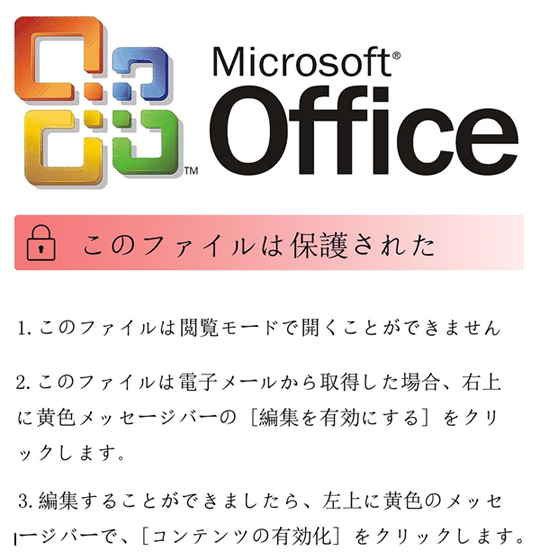W2KM_DLOADR.UHAOEEN
Windows


Threat Type: Trojan
Destructiveness: No
Encrypted: Yes
In the wild: Yes
OVERVIEW
This Trojan arrives on a system as a file dropped by other malware or as a file downloaded unknowingly by users when visiting malicious sites.
TECHNICAL DETAILS
Arrival Details
This Trojan arrives on a system as a file dropped by other malware or as a file downloaded unknowingly by users when visiting malicious sites.
Other Details
This Trojan does the following:
- It connects to the following URL to download and execute a malicious shellcode:
- http://{BLOCKED}.{BLOCKED}.168.227/q3bV - detected as BKDR_COBEACON.D
- The downloaded shellcode is injected to existing Microsoft Word process. Terminating the process will also terminate the shellcode.
NOTES:
The document contains the following message details luring users to enable macro content:

After enabling the macro, it shows the following fake error message:

SOLUTION
Step 1
Before doing any scans, Windows XP, Windows Vista, and Windows 7 users must disable System Restore to allow full scanning of their computers.
Step 2
Identify and terminate files detected as W2KM_DLOADR.UHAOEEN
- Windows Task Manager may not display all running processes. In this case, please use a third-party process viewer, preferably Process Explorer, to terminate the malware/grayware/spyware file. You may download the said tool here.
- If the detected file is displayed in either Windows Task Manager or Process Explorer but you cannot delete it, restart your computer in safe mode. To do this, refer to this link for the complete steps.
- If the detected file is not displayed in either Windows Task Manager or Process Explorer, continue doing the next steps.
Step 3
Scan your computer with your Trend Micro product to delete files detected as W2KM_DLOADR.UHAOEEN. If the detected files have already been cleaned, deleted, or quarantined by your Trend Micro product, no further step is required. You may opt to simply delete the quarantined files. Please check the following Trend Micro Support pages for more information:
Step 4
Enable the macro virus protection in Microsoft Office Applications
Did this description help? Tell us how we did.

